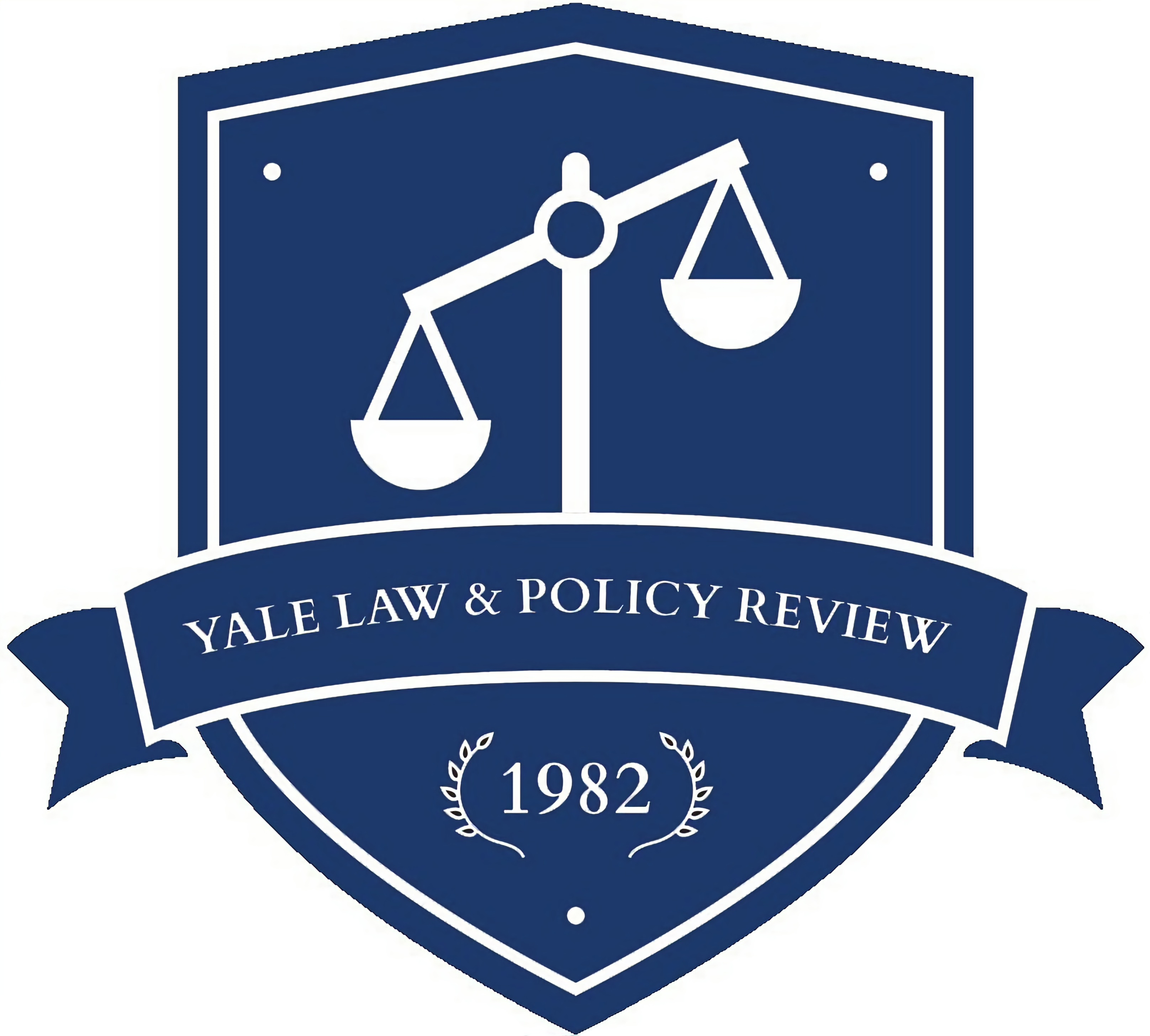The threat of climate change demands far-reaching, systematic changes to the global economy—and similar changes to how governments around the world set environmental policies. In recent years, many environmental policymakers have developed plans to “decarbonize” the economy. These plans provide detailed, sector-specific plans for how the latest scientific consensus on climate change can be incorporated into the policymaking process and for how the Sustainable Development Goals can be achieved. But articulating the policies is one thing—actually setting them is another.
Frequently absent from this conversation is the role that American constitutions can play in averting climate change. Other countries, however, do not have this problem. Around the world, many countries’ supreme courts have issued bold and far-reaching decisions in the climate change arena. Many of these decisions have forced governments to comply with their commitments under the Paris Agreement; others have recognized environmental “rights,” possessed either by individual people or even by nature itself. And many of these decisions have been predicated on supportive language in national constitutions. In the United States, however, no court has issued a similarly sweeping ruling—and few constitutions contain provisions that are meant to systematically address climate change or other environmental crises.
Accordingly, in this Article, I argue that state constitutions could serve a vital role in decarbonizing the American economy. I conduct a comprehensive survey of provisions in nineteenth-century state constitutions that affected the environment—through resource allocation, land management, water rights, eminent domain, and so on—and argue that many of the principles underlying these provisions could be adapted to contemporary constitutional drafting. I also critically survey the handful of environmental “bills of rights” in state constitutions and explore why these provisions have been largely ineffective so far. Ultimately, I argue for the ratification of state constitutional amendments that set environmental policies to decarbonize the American economy—and outline what these amendments might look like in practice.
Assistant Professor of Law, Widener University Commonwealth Law School. I extend my deep gratitude to the colleagues who have offered helpful feedback on this piece at various stages in the process—as well as my broader work on the relationship between the organization of state governments and policy outcomes. In particular, I want to thank Dan Esty, Josh Galperin, Mindy Goldstein, Shelley Welton, Jonathan Nash, Michael Perry, Robert Schapiro, Inara Scott, Miriam Seifter, and Bob Williams. I also thank the editorial staff at the Yale Law and Policy Review—Amir Perk, Areeb Siddiqui, Aroosa Cheema, Henock Dory, Josh Hochman, Jacob Hutt, Brandon Nye—for their care and attention to detail through the editorial process.
